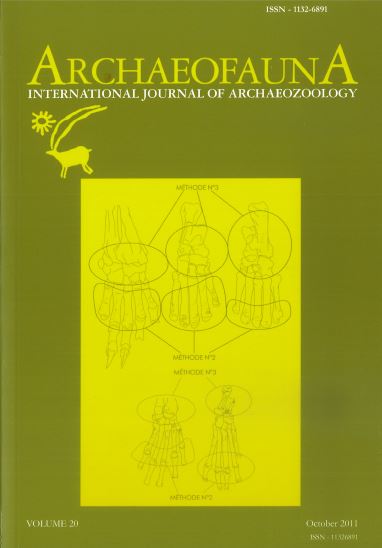Urban-Rural Integration at Ancient Sagalassos (SW Turkey). Archaeological, Archaeozoological and Geochemical Evidence
Keywords:
Turkey, Sagalassos, imperial and Byzantine periods, Animal bones, Heavy metal contents, Geochemical analysis, Urban-rural integrationAbstract
Archaeological and archaeozoological data from the antique site of Sagalassos (southwest Turkey) are combined with data from geochemical analyses of trace elements in archaeological animal bones, to document the changing relation between city and countryside from the 1st to the 7th century AD. These data reveal that during the Early to Middle Imperial period (c. 25BC – 300 AD) the city’s subsistence requirements were largely met by the production capacity of its immediate vicinity, found to be a highly polluted area, and that the inhabitants of Sagalassos were relying little on the countryside. The integration of the city and the countryside was strengthened during the Late Roman period (c. AD 300-450), when more rural products seemed to reach Sagalassos. Animal bones are at that time significantly lower in metal content and must have originated from animals that were kept in areas beyond the zone of heavy pollution. At the same time, occupation density in the countryside reached its climax. Then, in the Early Byzantine time (c. AD 450-700), the inhabitants seemed to return to the situation of the Early to Middle Imperial period and were sustained by the exploitation of the land close to the city.

